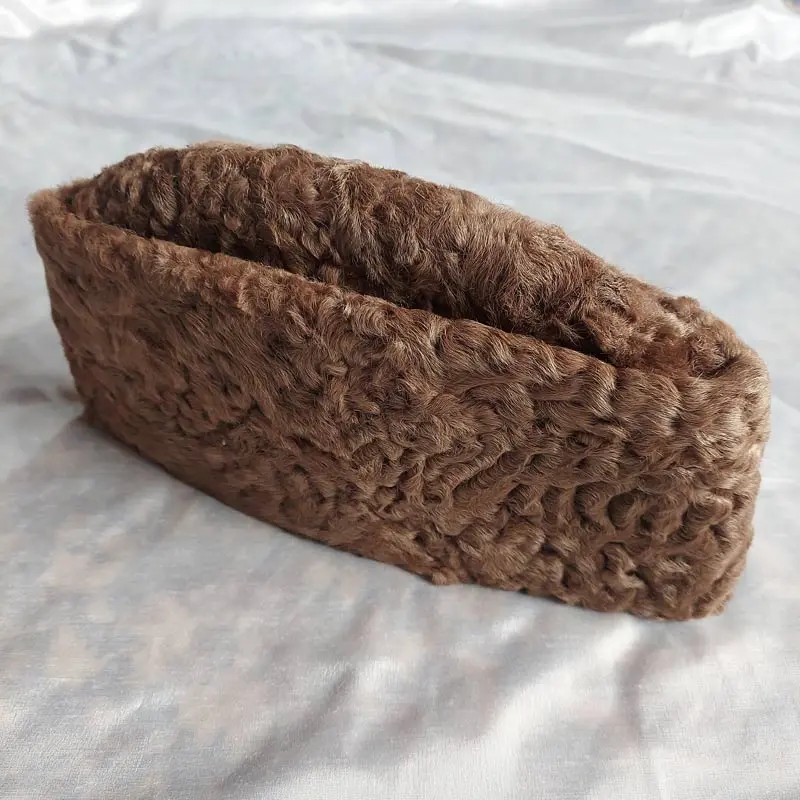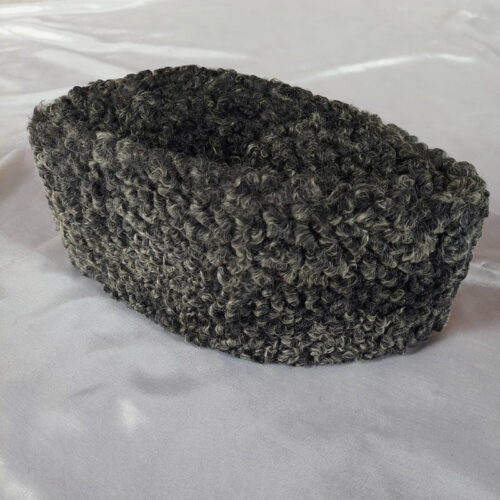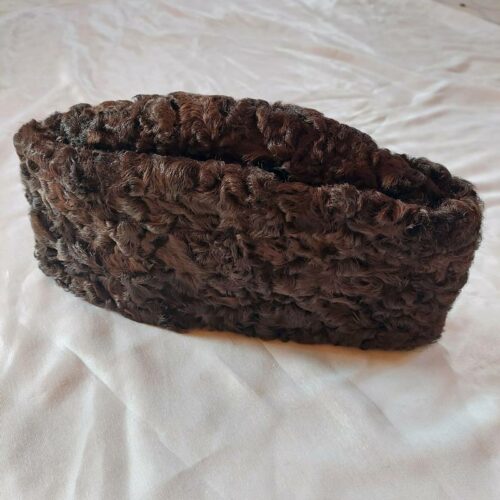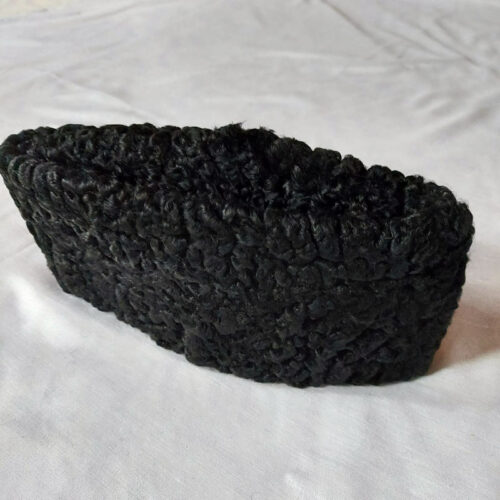Kashmiri Culture
The Timeless Charm & Elegance of the Kashmiri Karakul Cap
Discover the rich history and cultural significance of the Kashmiri Karakul cap, a timeless piece of headwear that exudes elegance and sophistication. Learn about its features, styles, and how to care for it.
The Kashmiri Karakul cap, also known as the “Astrakhan” hat or Jinnah Cap, has been an essential accessory for generations of Kashmiri men. This classic headwear is made from the fur of a specific breed of sheep called the “Karakul,” which is native to the Central Asian region.
A Brief History of the Kashmiri Karakul Cap
Karakulli is a traditional headgear that has been around for centuries and has been worn by many different cultures. It originated in Russia and was once the obligatory parade headgear for the Russian Czar’s and their generals. Since then, it has been adopted by many African, Turkish, and Asian cultures as a symbol of status and power. Its long history is what makes it such an iconic piece of fashion today. It was once the obligatory parade headgear for the Russian Czar’s and their generals. The African, Turkish, and Central Asian monarchy has often favored the Karakul cap. In America as well, the African-American citizens have also worn the popular hat for a certain period in modern history and this was inspired by the leaders and monarchs in Africa. Hamid Karzai, the former prime minister of Afghanistan has never been seen without a Karakul cap or Karakulli.
According to historic accounts, the Karakulli came to Kashmir with the Afghan invasion. The Mughals ruled on Kashmir from the year 1586 to 1754 and when their hegemony over Kashmir was ended by the Afghan invasion, with Afghans, there came the Karakulli cap: the pride of Afghan headgear.
After a Mughal period in Kashmir, when Afghans invaded the valley, their noblemen, rulers, members of the gentry and traders used to wear Karakulli caps. Eventually, this gave birth to the widespread use of Karakulli hats in Kashmir. Before that people in Kashmir, especially the men used to wear turbans.
Over time, the popularity of the Kashmiri Karakul cap spread beyond Kashmir and is now considered a timeless classic, and the demand for these caps remains strong.
Significance of the Jinnah/Karakul Cap
During the uprising against the Dogra rule from 1931 onwards karakul became a popular headgear in Kashmir. Many local leaders including Sheikh Mohamad Abdullah, Mirwaiz Molvi Yousuf Shah, Mirza Beig, and Ghulam Ahmad Bakshi, wore the Karakull caps.
In Pakistan, this cap is also a symbol of the legacy of Muhammad Ali Jinnah, who is revered as the “Father of the Nation” in Pakistan. Wearing the Jinnah Cap is seen as a way to pay homage to Jinnah and his efforts in creating a separate homeland for the Muslims of the Indian subcontinent.
In addition to its cultural and historical significance, the Jinnah Cap is also a practical item of clothing, providing protection from the sun and adding an extra layer of warmth in colder weather.
Karakul caps are especially popular during national holidays and political rallies, where it is used as a symbol of national unity and solidarity.
In Kashmir, Karakul cap is also worn by the groom during the wedding.
Features and Styles of the Kashmiri Karakul Cap
The Kashmiri Karakul cap is known for its distinctive circular shape and soft, plush texture. It is made using the fur of the Karakul lamb, which is naturally curly and has a unique, lustrous sheen. The cap is lined with silk or satin or artificial leather to add an extra layer of warmth and comfort.
The cap comes in a variety of styles and designs, each with its own unique flair. From classic black to vibrant colors, there’s a Kashmiri Karakul cap to suit every taste. Some of the most popular styles include:
- Jinnah Style: Flat in the front and taperred in the back
- Afghan Style: Tapered on both the front and back, with 4 inches in height at the front and 4.5 inches in the back
- Russian Karakull: The cap has double borders and is usually round in shape
What are the Sizes of Kashmiri Karakul Cap?
Kashmiri Karakul comes usually in the size of 21 to 23 inches when measured from the inside. Any other sizes are usually made on order.
How to Store Your Kashmiri Karakul Cap?
To ensure that your Kashmiri Karakul Cap remains in top condition, it is important to store it properly. Here are some tips on how to store your cap:
Store your cap in a cool and dry place away from direct sunlight and heat sources.
Avoid hanging your cap by the top, as this can stretch the fur and cause it to lose its shape.
Use a soft cloth or hat box to protect your cap from dust and dirt when not in use
How long will my Kashmiri Karakul Cap last?
The lifespan of your Kashmiri Karakul Cap will depend on how well you care for it. With proper storage and cleaning, your cap can last for many decades.
Can a Kashmiri Karakul be repaired?
Yes you can get Kashmiri Karakul cap repaired if its suffers from a minor damage
Where to Buy Karakul Caps online?
You can purchase Karakul caps from Kashmir from Gyawun.com, you can visit Gyawun cap store here
-
Grey Kashmiri Karakul Cap₹1,949
-
Dark Brown Kashmiri Karakuli Cap₹1,949
-
Black Kashmiri Karakul Cap₹1,949




